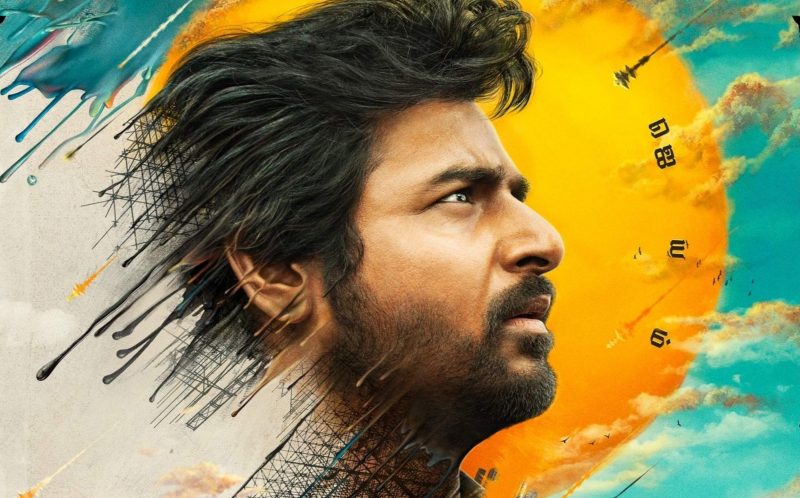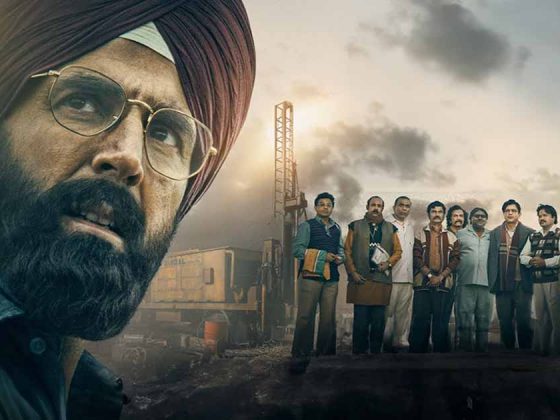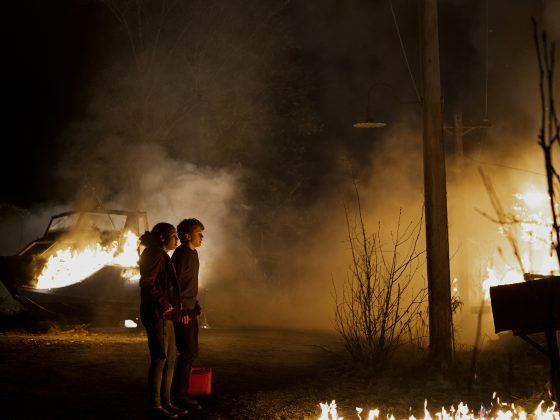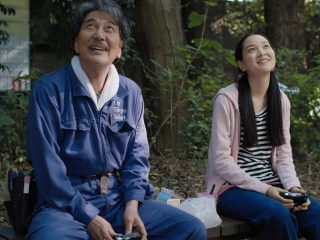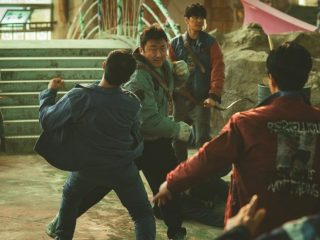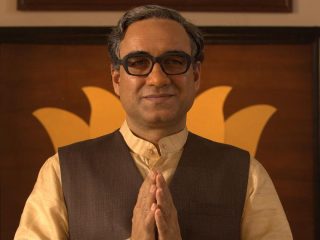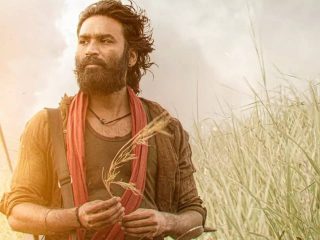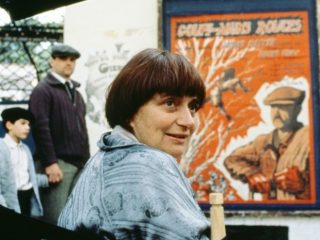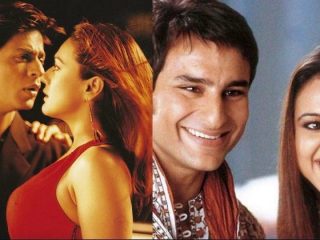Comic book storytelling starring a superhero is now the rage. Colourful costumes, huge indescribable abstract problems, the fate of the universe at hand, the stakes and loyalty towards an institution, and a range of special effects are what Hollywood and most of the film industry are passing on nowadays as stories because of the mutability of the superhero and the comic book storytelling.
One tends to forget, and one already has, the genesis of superhero storytelling in comic books. Action Comics #1 (June 1938) was written by Jerry Siegel and Joe Shuster, debuting the first superhero, inspired by the concept of the circus strongman, Superman, with an S emblazoned at the centre. But unlike the ubermensch concept, Superman was a hero for the people, fighting against social injustices as well as the campy science-fiction futuristic enemies. Perhaps that makes sense because the creators of Superman were two Jewish men, in a world growing increasingly intolerant towards them and their religion.
Madonne Ashwin pays homage to Superman obliquely through the concept of a hero rising within the masses against social injustices. The concept of the “Great Warrior” stems from a comic strip character Sathya (Sivakarthikeyan) draws in the newspaper strips. As the movie opens, we see the animation of “The Great Warrior” resembling that of a manga, especially in how the action is depicted by the backgrounds being a conglomeration of straight lines coalescing around the action set pieces depicted within a panel. But as the animation slowly transforms into the strip of newspaper, we realise the diagram becomes limited to the number of panels within a singular row. The action occurs within those white spaces, limited only by the imagination of the viewer, aided by the diagram and the narration boxes.
Ashwin’s choice of making Sathya a coward, prone to adjusting—even though they are asked to depart from their homes and rehabilitated to apartment complexes subjected to sub-par inspections and built using sub-par materials, prone to cracks and breakage in the slightest of movements—rather than confrontation is the extreme example of a reluctant hero. One could argue that the exaggeration is unnecessary, but for storytelling, two layers are working in tandem. The transformation of cowardice to bravery and the coming-of-age of the reluctant hero. However, he needs to be shown through a ringer, forced to undergo an existential crisis by the ultimate conscience for Indian men—the overbearing yet tough and loving mother. Until he tries to commit suicide and hesitates, but almost dies because of faulty cement, and as he slips and falls, he sits his head and lies on the platform unconscious.
It isn’t a coincidence that the piece of paper that flies, buoyed by the wind, towards Sathya, is a piece of a narration box from his comic strip. And as the raindrop falls, the water mixing with the ink, which finally lids in through his earlobe, is the origin of the voice (Vijay Sethupathi), the voice that will guide him as the death of the coward occurs and the brave rises. “Cowards die many deaths; the brave die only once,” said Julius Caesar in the Shakespeare-penned play of the same name. Thankfully, Sathya doesn’t share Caesar’s fate immediately after that scene, but the sentiment still stands. But also, the ink used by Sathya to pen the narration binds the voice to him.
The usage of the narration boxes had been to transplant the storytelling and show the narrative as the writing working in tandem with the art. Thought bubbles would take over the role of voicing the characters’ innermost thoughts, while the narration box would proclaim with finality the approaching doom or the dilemma faced by the protagonist. Any plot progression would be covered by the narration boxes in the comic book. However, as comic book storytelling progressed and evolved with the times, thought balloons began to be written out, while narrative boxes began to be the first-person thoughts of the character the superhero comic was about. It made the readers more integrated with the character, but the verisimilitude of the storytelling came into question—who is the character narrating the story? Unless he is supposed to be breaking the fourth wall like Deadpool.
But Ashwin takes the concept of the narrative boxes and evolves it into the voice in the protagonist’s head, instructing him on how to proceed, even as his reluctance is working against and slowly in tandem with the voice. Unlike the famous alter-egos depicted in films like Tyler Durden (Fight Club) or a more recent example like the AI chip in the Leigh Whannell directorial “Upgrade” (2018), the voice in Maaveeran is capable of subtly twisting reality in the service of the story, almost commenting on the storytelling structure within the film itself. Thus, when the voice stops, it’s because Sathya chooses to go against the voice’s doctrine—tell the story of a selfless hero who would give their life in the service of the people but chooses to return only after Stahya takes the road of sacrifice.
But there is a difference now. Unlike the first time, the decision to kickstart the voice by choosing to sacrifice lay in Sathya’s hands. He becomes more capable and even chooses to act against the voice’s narration. It’s an interesting character arc, showcasing the growth of a character through the slow disintegration and reintegration of the hook of the film. It reminds you of Chris Claremont’s run of Uncanny X-Men, where the narration boxes almost threatened to question the comic book character to its breaking point until the character acquiesced or chose to do the exact opposite. But the final closure of Sathya’s character comes with him finally becoming the voice, at the cost of losing his hearing due to his accident. It’s almost like the disintegration of the narration boxes reciting the important plot threads, rather slowly becoming the box to ruminate in character musings. From a movie standpoint, it’s the narrator and Tyler Durden finally coalescing into a singular character, albeit through far more violent methods.
Some of the inspirations, too, are very noticeable. The Superman parallel is readily apparent in Sathya’s love life as well: a character named “Truth” falls in love with a woman working as a sub-editor at a newspaper, almost becoming Sathya’s Lois Lane. It could have been more noticeable if the second half did not have large stretches of her disappearing from the story. As for Mysskin’s portrayal of the politician, he is more like a brutish version of a politician, led by a Lex Luthor-like “assistant” working in the background, played by Sunil. Until the politician finally embraces his evilness by smothering the voice and killing his assistant by slashing his neck. It isn’t subtle for the character to spell it out to Sathya; how unlike him having to hear voices for only a week, he had been subject to the voice blabbering in his year for the past 22 years. Again, the sentiment and the parallel are appreciated, but perhaps the subtext deserved to remain as one, rather than be elevated to text.
The uniqueness of “Maaveraan” also lies in its depiction of the “superhero” tale without playing into the tropes and aesthetics of superhero films. One can argue that it becomes predictable, and from a cynical perspective, the last 30 minutes feel bogged down with cliches, finally acquiescing to the “star image” of Sivakarthikeyan. Kudos to the film from a macro standpoint; even reaching that heroic moment takes an entire film’s runtime, almost as if this is an origin story for a comic book superhero without being the story of one.

